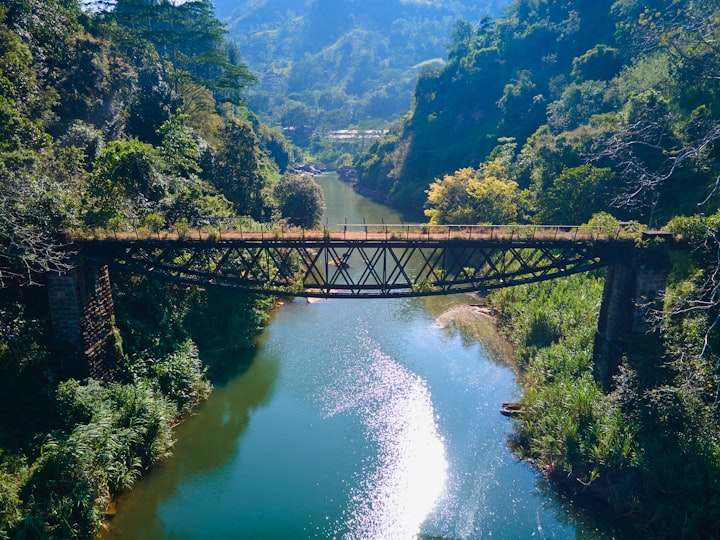How to Effectively Travel in Sri Lanka
Navigating this One-of-a-Kind Asian Nation

The beautiful island nation of Sri Lanka offers an array of entrancing attractions for visitors, including lovely beaches, stunning natural scenery, cultural highlights, exotic wildlife and much more. When it comes to getting around this captivating destination, there are many options to consider and your choice would reflect your personal priorities. Described below are some of the choices that are available for travellers.
By bus
Travelling on buses is the most inexpensive mode of transport in Sri Lanka, and many locals mainly travel in this way. There are both government-operated and privately run buses in this country, and all of them have a conductor whose main task is to collect the fares and passengers at various stops. You will also find air-conditioned buses that are more expensive but travel faster to their destination; these usually ply long-distance routes and often use highways. Bus services are often frequent and regular, meaning that you should be able to board one without difficulty. On the other hand, you won’t always be assured of a seat and luggage space could be limited. You will also have to get accustomed to the local driving styles which may be different to those you are used to back home.
By train
Another option is travelling by train in Sri Lanka. In fact, a train ride may be regarded as a not-to-be-missed experience for visitors to the nation. Amongst the most attractive aspects of train rides are the lovely views that they often offer; some journeys like the ride from Kandy to Ella are particularly renowned for the stunning views that they provide amidst stunning mountain scenery. Train travel will also be affordable with several different classes usually available. First class would be air-conditioned, but naturally, you wouldn’t be able to open the windows. However, if you opt for an unreserved seat in second class or third class you may be obliged to stand during your journey.
By tuk-tuk
Travelling in a tuk-tuk may be regarded as another distinctive experience to enjoy during your visit to Sri Lanka. You will find that these three-wheeled vehicles would be readily available in most parts of the country and may be considered to be a convenient and not too expensive mode of transport. Both foreign visitors and locals often use tuk-tuks to travel brief distances in the cities and towns. Additionally, travelling this way is likely to be an entertaining and even exciting experience for the traveller! As you might expect, space may be tight in one of these vehicles, particularly if you are carrying luggage. In case the tuk-tuk does not have a meter, remember to negotiate the fare for your journey before you set off; alternatively, you can use ride-hailing apps like PickMe or Uber which offer tuk-tuk rides with the rate for your journey given.
By taxi or car
Just as in other countries, travelling by taxi in Sri Lanka will be a comfortable and convenient, if fairly costly, means of getting about. In cities such as Colombo and Kandy, you could use the ride-hailing apps mentioned above to avail yourself of taxis (in different car types) as well.
Many foreign tourists take the opportunity to hire a car along with the services of a driver for their travels in this country. Naturally, this would be an excellent way to experience the local attractions at your own pace; however, a significant cost could be involved. As you experience the things to do in Sri Lanka, accommodation choices to consider that you could reach by private vehicle would be the properties of Thema Collection.
By motorbike / scooter
You will also have the option of availing yourself of a motorbike or scooter for your travels in the country. You could find establishments that rent two-wheelers at many locations in the nation. Naturally, there may be an element of risk in this mode of travel, particularly if you happen to lack experience in manoeuvring these vehicles in the local conditions. However, renting a scooter would be a great choice for travelling within localities where the driving conditions are less challenging. Ensure you have a helmet and a valid international licence as well.
About the Creator
Enjoyed the story? Support the Creator.
Subscribe for free to receive all their stories in your feed. You could also pledge your support or give them a one-off tip, letting them know you appreciate their work.





Comments
There are no comments for this story
Be the first to respond and start the conversation.